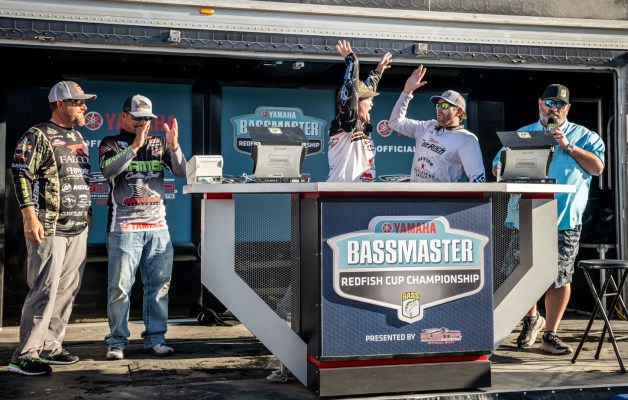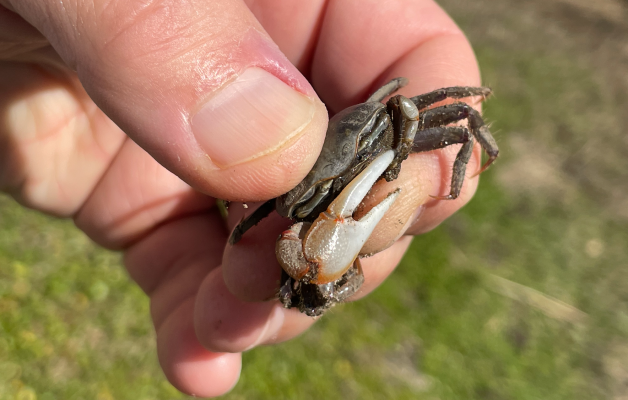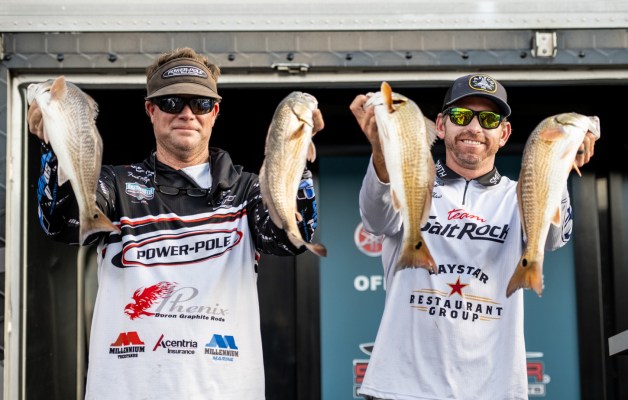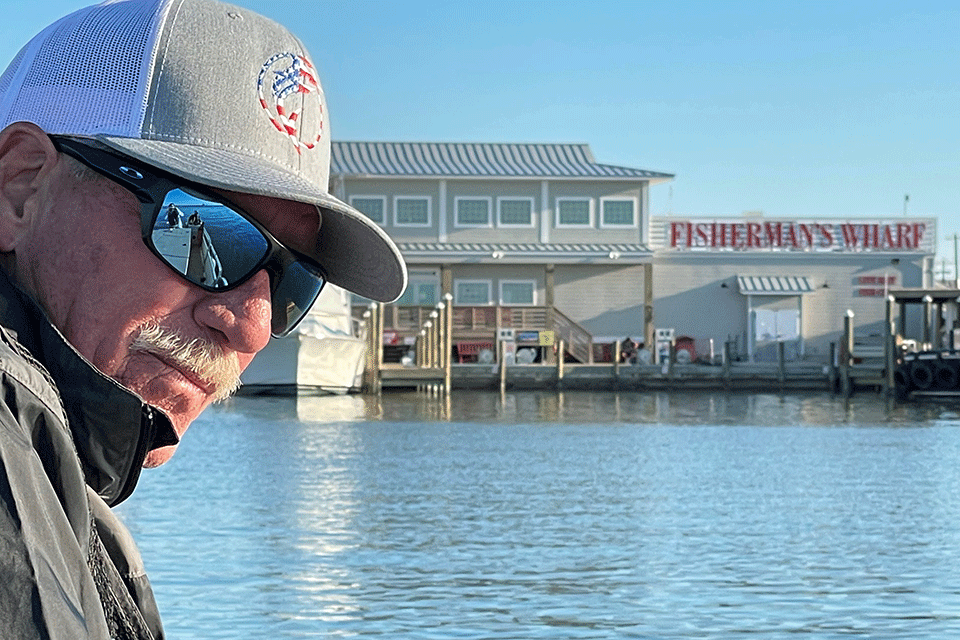
PORT ARANSAS, Texas – Capt. Dee Wallace is a product of his environment, and he’s continuing the traditions that helped Port Aransas become the “Fishing Capital of Texas.”
The sea called Wallace early on this Gulf of Mexico town near Corpus Christi, and it’s provided a living and a lifetime of angling that includes a record-setting excursion around the world.
“As kids, we were just ate up with fishing,” the 67-year-old said. “We’d get up in the morning and we’d be headed to the dock. Living off the water, that was part of our heritage. Everybody did it in Port Aransas. It’s just what you did living on an island.
“You have 90 days to make a living off the tourists, then the rest of the time was just fending for yourself. You grew up fishing and wanting to be a boat captain.”
Old friend Billy Gaskins, who lives, works and fishes at the Aransas Pass lighthouse, can attest to the salt in Wallace’s veins.
“A lot of guys became captains early, and he was one of the earliest,” Gaskins said. “I worked with him on crew boats and offshore. Then he took off. He went around the world. His reputation and experience speaks for itself.”
Wallace, who spent 20 years in far-off places exploring marlin fisheries, returned to Port A in 2002, where he works as a yacht broker and serves as tournament director for various events at the famed Fisherman’s Wharf. With the best view in town from his second-story office, he’ll keep watch over this week’s Yamaha Bassmaster Redfish Cup Championship.
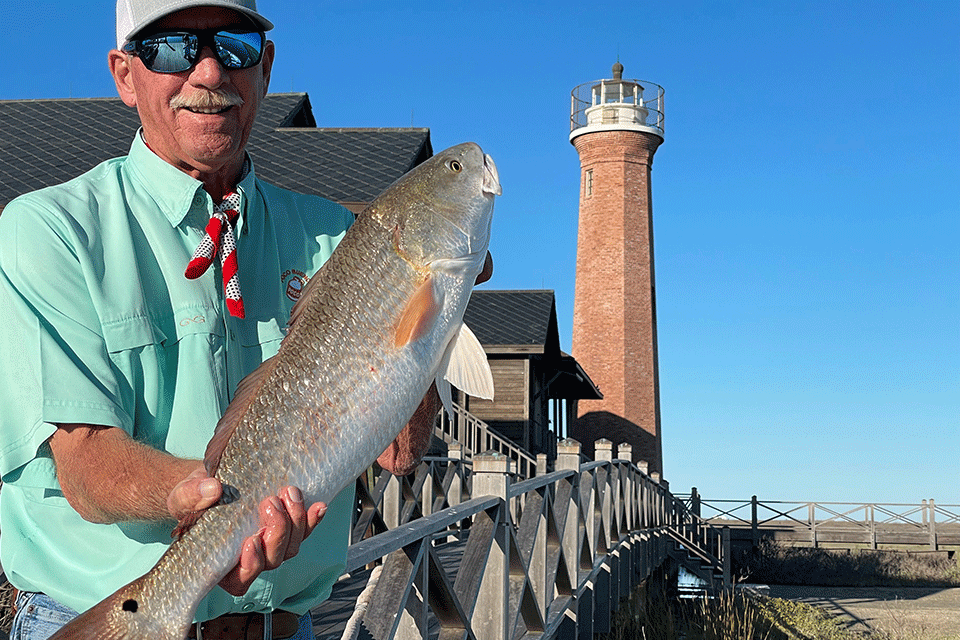
Expect another hotly contested tournament as fall fishing for slot reds can be fantastic in the bays. Wallace is quick to note that sportsmen visiting the region can shoot a trophy deer in the morning then reel in a record redfish in the afternoon.
Wallace started his outdoor pursuits young, rushing to the Wharf each morning when he was about 10 to “haul stuff up and down for tips.” Soon, the owner of Woody’s Boat Basin hired him to do pretty much the same thing. He got his big chance on The Mustang, the town’s first “head boat,” which charge by the person. The deckhand didn’t show up one day, and 12-year-old Wallace was asked to fill in. He worked on the Mustang for the next eight years.
Port Aransas, which once was called Tarpon because of the fishery discovered in the late 1800s, provided Wallace opportunities for most every sport fish there. He worked about every job around, including shrimping and the oil fields. Along with his brother, Wallace guided out of a homemade plywood boat that could run the flats. He’s still has one like it at home.
Commercial fishing also became ingrained in Wallace along with most everyone in the town of about 1,200. They lived off the water and with development and modernization, began running at odds with the increasing game laws.
“Of course, I used to illegal gill net. This time of the year 35 years ago, I would be out setting illegal nets for flounder,” he said. “That was just what we did. We were outlaw fishermen. We all fished illegally.”
“They started making laws that were putting us out of business. All the conservation laws were taking food off our tables. So we did it illegally, until they made it a felony. I finally said, forget it, I ain’t going to jail for no fish.”
Well-versed in most all saltwater fishing, Wallace obtained his captain’s license at 20, kept climbing the ladder and soon took off on his own.
“I had my 500-ton license when I was 23. I ran two of America’s top 100 yachts,” Wallace said, pointing to a photo on his wall. “I built this boat in France … 165-foot yacht. That’s my real claim to fame. We carried the 43-foot sport fish boat on the back deck. I did an around-the-world, world-record fishing expedition.”
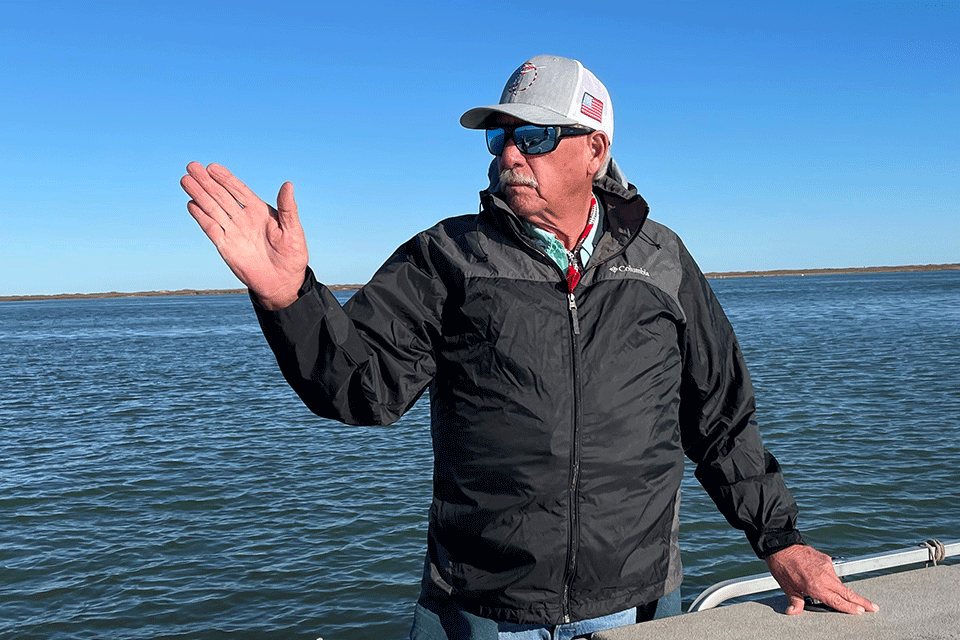
Setting out to explore new marlin fisheries, Wallace and his crew of six to nine set 11 IGFA records as they discovered hotspots, like one off of West Africa. The crew, featured in most every sport fishing magazine, once held the record for most blue marlin over 1,000 pounds in the Atlantic.
“Nobody will ever be able to do what we did, catch as many billfish as we did,” Wallace said. “The long-liners have decimated it.”
“We built that boat to go where there were no marinas. Most of the guys who build boats like that want to go to all the marinas and show it off. They don’t really go out there. We were out there. If you could charter a boat there, we weren’t going to be there.”
The crew crossed the Atlantic and fished both sides of the Panama Canal. Wallace said James Roberts, a good friend and famous angler from Port A, was among those who traveled on those exotic trips.
“We have been fishing together for many years. We fished all over the world together,” he said. “We were exploring, looking for new territory, unfished frontiers.”
A lifetime of pounding on sport fishing boats has weakened Wallace’s back and required multiple surgeries. He might not run as hard, but Wallace is still interested in promoting Port Aransas’ fisheries, which he maintains are the town’s best-kept secret.
“There’s always been a fishing industry here, it’s just gotten bigger, more evolved. The technology has changed it so much. It’s made fish so much easier to catch,” said Wallace, acknowledging the state’s fisheries management he once thwarted is now why Port A remains the “Fishing Capital of Texas.” “The conservation efforts by Texas Parks and Wildlife is one of the reasons we have all the fish we have.”


